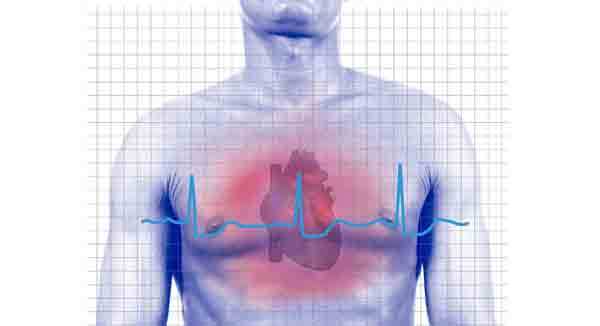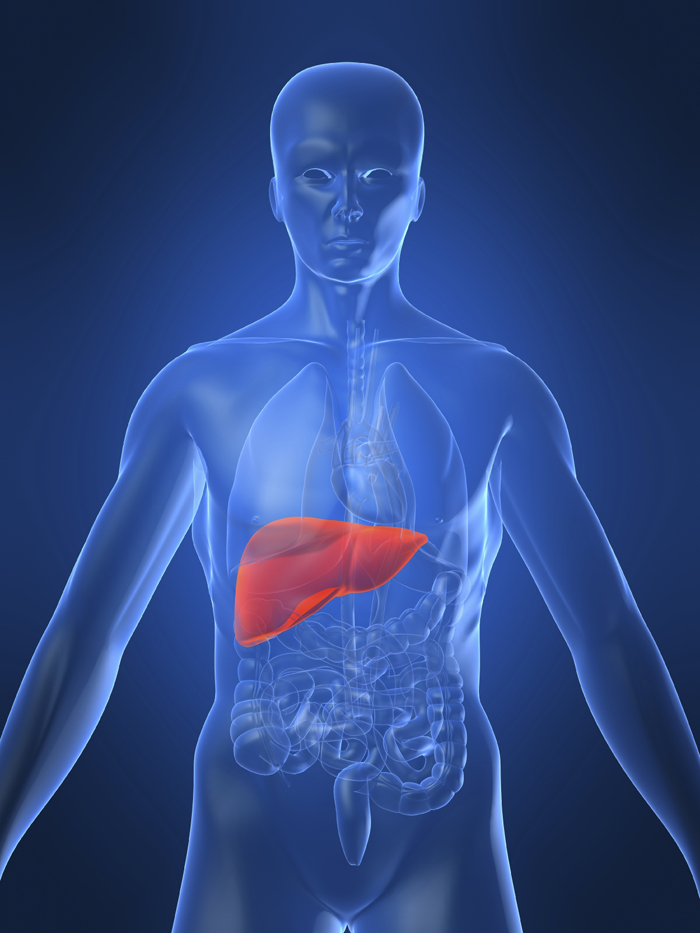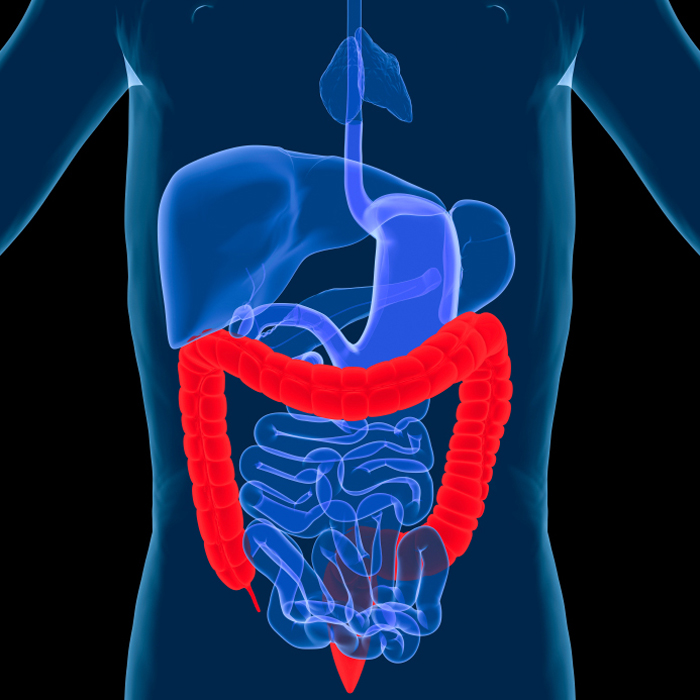Medicine's Journey Through the Body: 4 Stages
From start to finish

Pharmacology is the scientific field that studies how the body reacts to medicines and how medicines affect the body. Scientists funded by the National Institutes of Health are interested in many aspects of pharmacology, including one called pharmacokinetics, which deals with understanding the entire cycle of a medicine's life inside the body. Knowing more about each of the four main stages of pharmacokinetics, collectively referred to as ADME, aids the design of medicines that are more effective and that produce fewer side effects.
Absorption

The first stage of ADME is A, for absorption. Medicines are absorbed when they travel from the site of administration into the body's circulation. A few of the most common ways to administer drugs are oral (such as swallowing an aspirin tablet), intramuscular (getting a flu shot in an arm muscle), subcutaneous (injecting insulin just under the skin), intravenous (receiving chemotherapy through a vein) or transdermal (wearing a skin patch). Medicines taken by mouth are shuttled via a special blood vessel leading from the digestive tract to the liver, where a large amount of the medicine is broken down. Other routes of drug administration bypass the liver, entering the bloodstream directly or via the skin or lungs.
Distribution

Once a drug gets absorbed, the next stage of ADME is D, for distribution. Most often, the bloodstream is the vehicle for carrying medicines throughout the body. During this step, side effects can occur when a drug has an effect at a site other than its target. For a pain reliever, the target organ might be a sore muscle in the leg; irritation of the stomach could be a side effect. Drugs destined for the central nervous system face a nearly impenetrable barricade called the blood-brain barrier that protects the brain from potentially dangerous substances such as poisons or viruses. Fortunately, pharmacologists have devised various ways to sneak some drugs past the blood-brain barrier. Other factors that can influence distribution include protein and fat molecules in the blood that can put drug molecules out of commission by latching onto them.
Metabolism

After a medicine has been distributed throughout the body and has done its job, the drug is broken down, or metabolized, the M in ADME. Everything that enters the bloodstream — whether swallowed, injected, inhaled or absorbed through the skin — is carried to the body's chemical processing plant, the liver. There, substances are chemically pummeled, twisted, cut apart, stuck together and transformed by proteins called enzymes. Many of the products of enzymatic breakdown, or metabolites, are less chemically active than the original molecule. Genetic differences can alter how certain enzymes work, also affecting their ability to metabolize drugs. Herbal products and foods, which contain many active components, can interfere with the body's ability to metabolize other drugs.
Excretion

The now-inactive drug undergoes the final stage of its time in the body, excretion, the E in ADME. This removal happens via the urine or feces. By measuring the amounts of a drug in urine (as well as in blood), clinical pharmacologists can calculate how a person is processing a drug, perhaps resulting in a change to the prescribed dose or even the medicine. For example, if the drug is being eliminated relatively quickly, a higher dose may be needed.
This Inside Life Science article was provided to Live Science in cooperation with the National Institute of General Medical Sciences, part of the National Institutes of Health.
Learn more:
Get the world’s most fascinating discoveries delivered straight to your inbox.
Also in this series:



